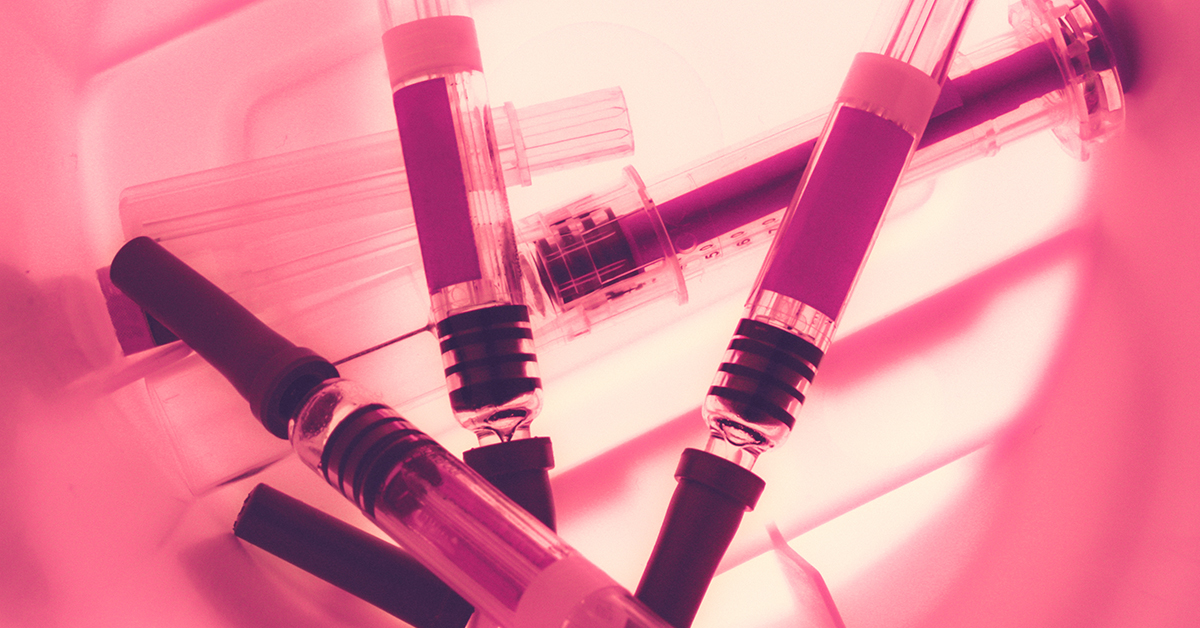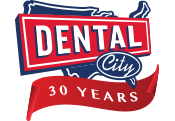
As anyone who’s spent any time in the dental field knows, dentistry isn’t all pearly white smiles. Helping patients maintain a healthy mouth and teeth means performing procedures that can result in a variety of biohazard s like blood, tissue, sharps and more.
It’s all in a day’s work for a dental professional, right?
However, if at the end of that day you’re failing to properly store, label and handle biohazardous materials you could be in violation of OSHA standards and, even worse, could risk exposing your patients and staff to dangerous infections. If you’re unsure of whether or not you’re up to speed on current standards for this type of waste you’re not alone—incorrect waste segregation and labeling is one of the most common violations across all health care facilities.
The OSHA standard for the handling of biohazards (most notably blood borne pathogens but also including any potentially infectious bodily materials) provides a detailed list of all standards and procedures a dental practice must follow to best prevent contact with these substances. This includes information on everything from having an Exposure Control Plan to proper hand /body disinfecting but focuses in large part on the proper storing and labeling of biohazards.
We’ve simplified these standards for storage and labeling to help ensure that your practice is in compliance with OSHA regulations.
Biohazard Labeling
Dental practices are responsible for clearly labeling all biohazards to alert employees of the presence of biohazardous waste. This is done by labeling anything containing this waste with a bright orange or orange-red label that has the biohazard symbol clearly printed on it (most commonly in black). These labels should be applied to:
- Any container of waste used to store or transport possibly infectious materials
- Refrigerators or freezes where blood or other biohazards are stored
- Entrance doors to areas containing biohazards
- Equipment that comes into contact with biohazards
OSHA’s primary stance on regulating these materials is preventing exposure to them, which makes their proper identification vital to maintain compliance with standards.
OSHA Requirements for Biohazard Containers
Proper labeling doesn’t do much good without proper storage of potentially infectious materials. Because of this OSHA also lays out guidelines for biohazardous waste storage containers.
- Must seal completely
- Must prevent leaks and be large enough for the contents
- Be properly labeled and color-coded
- Must use a second container if any biohazard waste gets on the outside of the first container
There are a variety of biohazard containers from waste bags to sharps containers. When determining the type to use a general rule to follow is to assess the level of risk the waste poses. Higher risk calls for a more rigid container.
Look for the color red.
Red medical waste bags and containers must be used to dispose of anything contaminated with blood or other materials that could be infectious. These bags or containers should be used to store biohazards where they were produced until being properly disposed of. These red containers can be used in lieu of a biohazard label according to OSHA guidelines if they have the biohazard symbol printed on them.
Red waste containers should be used for:
- Blood
- Sharps and other instruments used for cutting or injecting (they must be stored in a hard-sided container that won’t puncture or leak and doesn’t allow for the materials to be taken out once they are put in)
- Contaminated laundry or other items that came in contact with biohazardous material (including but not limited to gloves, gauze, patient napkins, gowns and masks)
- Pathological waste such as tissue, tooth fragments, etc. (use a pathological waste specific red container)
Staying on top of biohazard waste practices isn’t overly complicated if it’s a fixed part of the way your practice conducts day to day procedures. Having team buy-in on the importance of handling these materials properly will go a long way in ensuring your practice is safe and compliant.
To do this make sure there are regular checks of your biohazard procedures and that you have a written plan in place that you can turn to when questions arise or new employees join the practice. And make sure you have a supply of labels and containers on hand at all times to prevent possible contact with potentially infectious materials.
Do you have any other tips for keeping track of and preventing exposure to biohazards? If so let us know in the comments!

